The hill was revealed by oncoming headlights, beacons signaling the steep ascent before us. Our legs instinctively pedaled faster, the weight of our cargo pulling us backwards even as we climbed. The cargo consisted of two brightly colored boxes built around modified bicycle trailers, each mounted with a magenta flag that had the word “circus” stitched on it. Their contents included a dancing bear, a singing toad, a talking rat, and the strongest of all turtles. Our starlit journey carried us over the coastal terrain of the southern shore of Nova Scotia, Canada—another performance behind us, more to come in the next county.
This late-night bike ride took place during North Barn Theatre’s latest touring performance, Troubling Joy: A Bicycle Puppet Circus. Leaning into the archetype of a wandering spectacle of old, this traveling performance toured exclusively by bicycle around Nova Scotia in the autumn of 2021. Marketed as a show “for all ages,” Troubling Joy is a circus with a cast of more-than-human puppets who, in recognizing their discontent with the social structures that dictate how they live, discover the pleasure of change. This piece celebrates troublemakers, planting seeds of activism while providing entertainment and playing the game of “getting away with it.”
What does it mean to “get away with it?” To us, this question speaks to the rich relationship between theatre and activism. As theatremakers concerned with how performance can create change, we draw inspiration from two theatrical troublemakers: the swamp people and the puppet.
Those familiar with Jacques Lecoq and the school of Bouffon may know a common legend known more widely as “the swamp people.” In medieval Europe, it was not unorthodox for people who were deemed unpleasant to be exiled to the swamps outside of town, forbidden to influence the beautiful balance of society inside the city walls. It was only on Hocktide that they would be welcomed back in through the gates. These precarious visits could turn deadly due to the citizens of the city eager to flaunt their mockeries and affirm their superiority. The swamp people therefore had to appear likeable, even entertaining. Through a well-constructed theatrical facade, these exiles were able to hold the attention of their oppressors, offering them a mirror in which they could glimpse their own ugliness. Upon glimpsing this ugliness, first experienced as a good laugh and later processed as a poison, the city would be transformed, upending itself. This legend offers some insight into the value of “getting away with it”: because they were perceived as mere entertainment, the swamp people’s antics had the capacity to create change.
The puppet has always been perceived as a lowly tinkerer. It is harmless, ridiculous even, more akin to a plaything tossed aside in a nursery room than to elegant dance, grand theatre, or philosophical visual art. Its profaneness has kept it ever present in protests and street theatre, an undeniable ambassador with an uncanny ability to stir up trouble while suffering few consequences. (It is ridiculous, after all, to arrest a puppet.) The clumsy bludgeonings of Punch or the feeble squabbling of Kasper could lay insult to authorities through their disorienting fog of silliness while still appearing as a meaningless street art.
What does it mean to “get away with it?” To us, this question speaks to the rich relationship between theatre and activism.
In maritime Canada, puppetry is immediately assumed to be a form of entertainment for children. When speaking to people on tour and mentioning we were traveling with a puppet show, the response was most typically along the lines of, “Oh, my grandchildren would love that!” In general, to perform puppetry in Nova Scotia is to offer something soft and simple. Our challenge within this context became manifold: how could puppetry contribute to activism while remaining as accessible as possible? How could we expand expectations of puppetry without alienating our audience? How could we say something troubling while inspiring joy?
The North Barn Theatre Collective was formed in the Spring of 2020 by Laura Stinson and Ian McFarlane in the Ohio Valley, Antigonish County, Nova Scotia. We are theatremakers, scenographers, and puppeteers who have worked internationally across the United States, Canada, and Europe with companies such as Bread and Puppet Theater, the Canadian Academy of Mask and Puppetry, and The River Clyde Pageant. When an international tour was interrupted by the COVID-19 pandemic, we returned to rural Nova Scotia to establish roots as independent theatremakers and to connect with the communities that raised us. Our vision is to provoke thought around critical social and political issues by using playful imagery, landscape, objects, and spectacle. In keeping with our mentor, Peter Schumann of the Bread and Puppet Theater, we work from the belief that art is nourishment and should be available to everyone regardless of their social status.


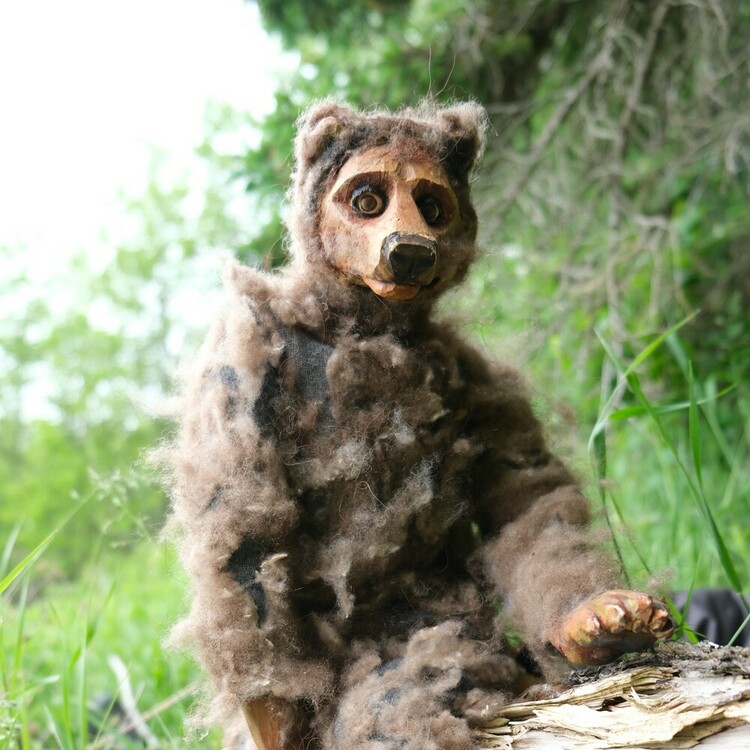
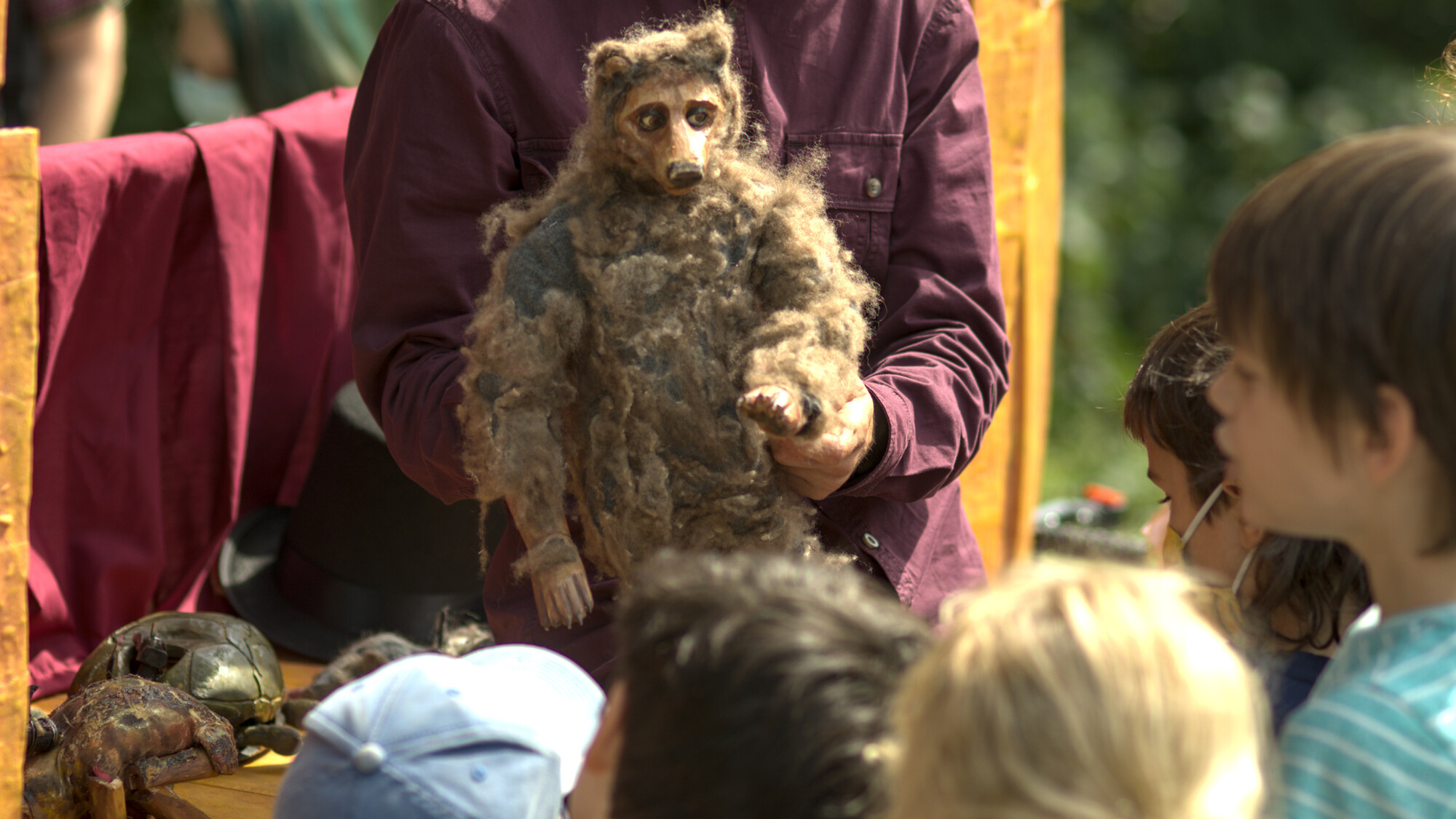
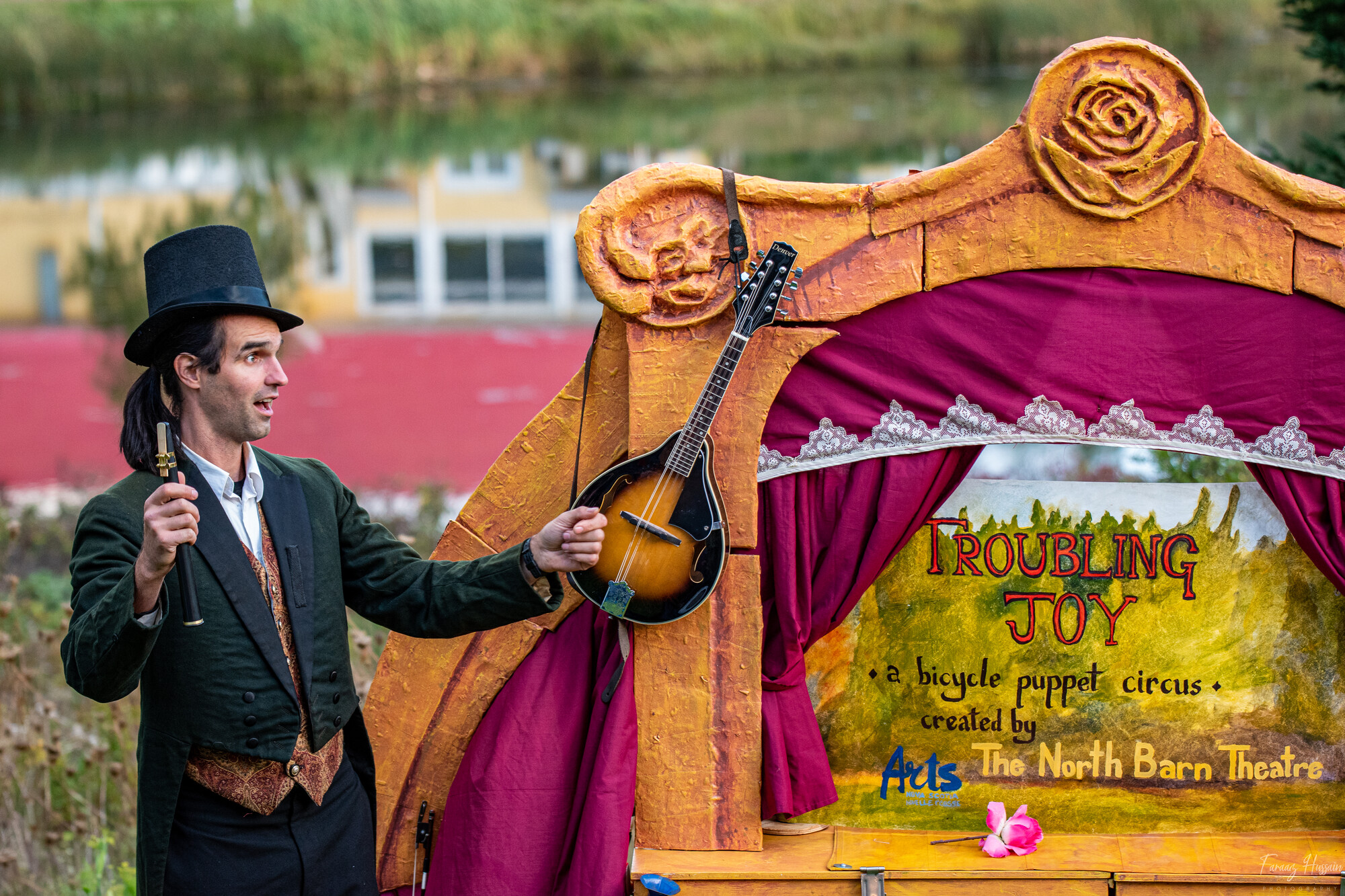
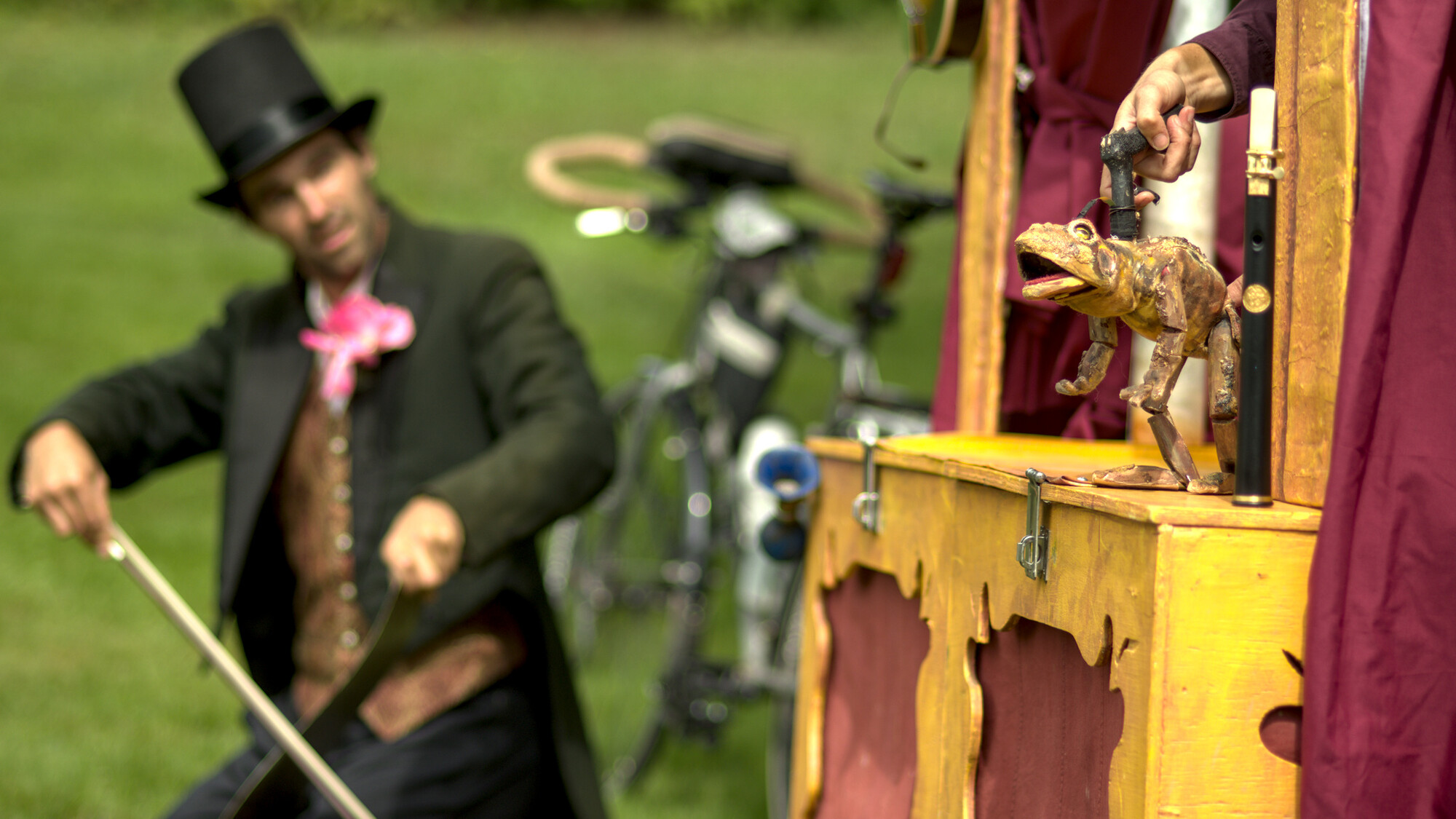


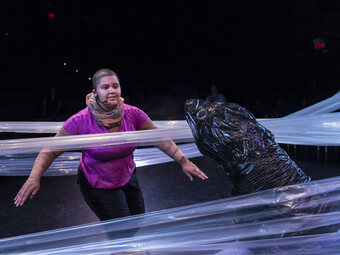

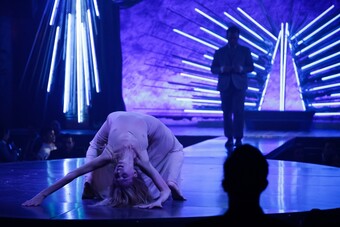



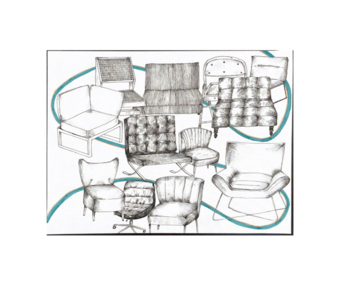


Comments
The article is just the start of the conversation—we want to know what you think about this subject, too! HowlRound is a space for knowledge-sharing, and we welcome spirited, thoughtful, and on-topic dialogue. Find our full comments policy here